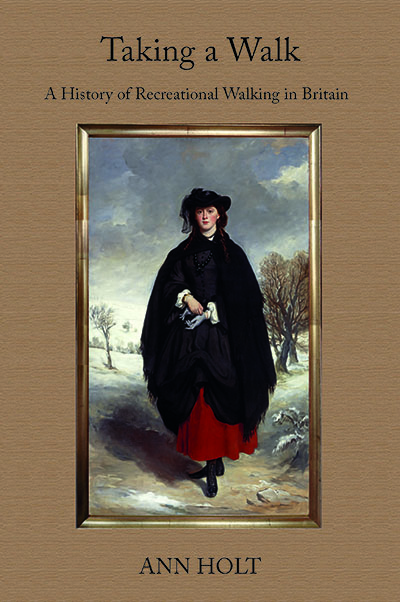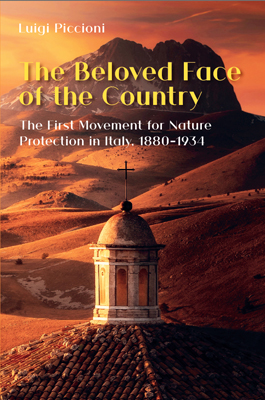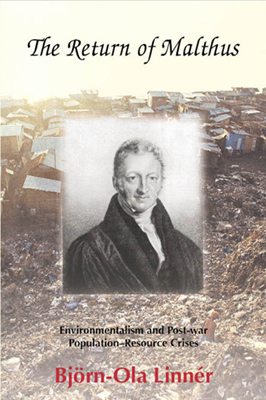Taking a Walk
January 10, 2024 7:11 pm | by whitehor_pubs | Posted in
£15.00 – £70.00
ISBN 978-1-912186-80-8 (HB)
ISBN 978-1-912186-90-7 (PB)
eISBN 978-1-912186-85-3 (PDF)
A History of Recreational Walking in Britain
Ann Holt
Strolling and striding through Britain’s history
Walking is a simple and popular recreation, but one that comes freighted with meaning, social attitudes and value judgements. We are not simply left to walk if we feel like it – we are urged by various levels of government and opinion formers to walk more, in order to help the environment or improve our mental and physical health. What is recreational walking anyway? A walk can be a stroll round a small open space in a city or a long hike over demanding terrain in weather that blurs the boundary between exercise and endurance. The stroller and the strider can be the same person at different times, though most walkers have a preference for one end of the spectrum. Walking has appealed to all sorts of people throughout its long recorded history, and this volume delves into a rich variety of sources about walking from the 12th to the 20th century, including diaries, letters, memoirs, poems, fiction, government reports and newspapers.
The more committed have not only enjoyed walking but have thought of themselves and been recognised by others as ‘walkers’, even though all manner of people have walked for recreation. Walking in a socially approved place, in the right sort of clothing, observing the decorum of the time, was a mark of respectability until quite recently. When large numbers of young people were able to take new opportunities to get to the countryside in the 1920s and 1930s, dressing and behaving in ways that expressed their own needs and desires, they were often seen as comic, deplorably urban, socially inferior and in the wrong place. Walkers of all kinds have frequently been regarded as ‘in the wrong place’. In the countryside the walker is potentially in disputed territory, questioning one of the sacred tenets of post-enclosure Britain – the association of landownership with power, prestige and the foundations of the social order. This has led to the pattern of exclusion which marks our present relationship with the countryside. In response, an organised social movement to represent the interests and advance the causes of recreational walking claimed a place in the politics of landownership, which is once again in the public eye.
Additional information
| Format | Hardback, Paperback, PDF |
|---|





